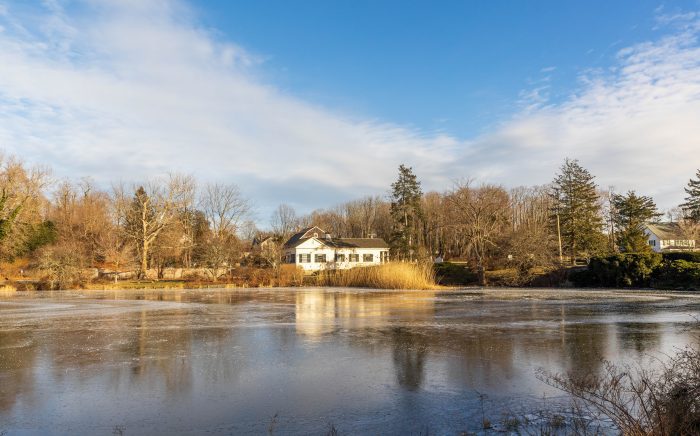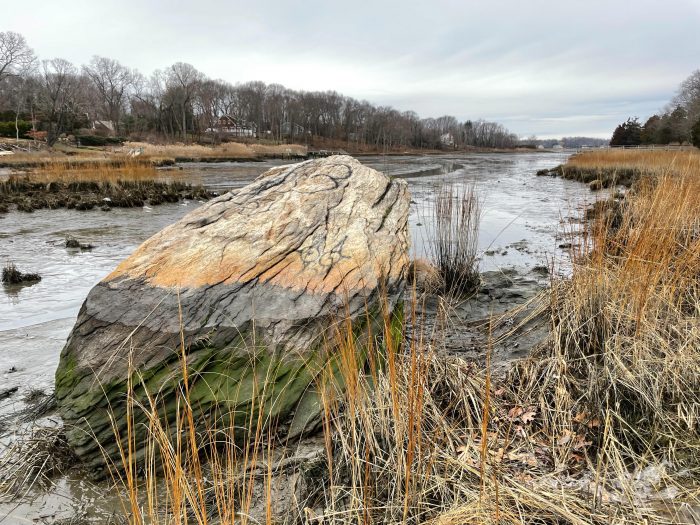Can we trust the Suffolk County Legislature?
We have had a “clean water” sales tax for years. When last I looked both Suffolk County and New York State took that “clean water” sales tax money and put it into their general budgets. Suffolk County was taken to court where it lost and was ordered to replace the improperly taken money. Suffolk then claimed this money was needed to offset the costs of COVID-19, won a referendum and never truly repaid this money. I call this legalized “stealing.”
Now we are being asked to increase and extend this legalized “stealing” [through a 1/8-cent county sales tax increase to fund water quality improvement projects, subject to a mandatory referendum]. Additionally, we are being asked to provide politically well-connected persons with positions as “a 17-member wastewater management district board of trustees” to administer this money.
We are told there will be one, countywide, sewer district with “zones of assessment.” Taxes collected within an established zone of assessment would be required to be kept segregated from taxes collected in other zones of assessment, except upon approval by the county Legislature on the recommendation of the district board of trustees.
Can we trust the Suffolk County Legislature? What do you think?
Francis G. Gibbons Sr.
Terryville
Dog owners should respect a neighborhood park
Frank Melville Memorial Park in Setauket is a glorious place for all community members to enjoy year-round. It is particularly lovely in the spring when the trees are budding, the swans are nesting, the turtles are hanging out on the logs, the flowers are blooming, and people are emerging from their winter hibernation to walk the paths available for our enjoyment. I am one of those people, a community member who loves to bring her friendly chocolate Lab out for a walk on a regular basis.
As a responsible dog owner, and more so, a considerate person, I take it upon myself to clean up after my large dog when he decides to do his business on park grounds. Sadly, and disgustingly, there are several individuals who have decided that they are above this inconvenient task and feel it is proper protocol to leave their piles wherever they may land so that others are subjected to not only the sight, but the aroma of their pets’ feces. Despite the fact that the park has not one, not two, but three receptacles and poop bag dispensaries, these individuals cannot be bothered to do what a respectful, unselfish person should do. Today was actually my favorite display as one person had taken it upon themself to pick up the poop, and then left the full bag in the middle of the grass adjacent to the pond. Perhaps this was meant to enhance the view? Seriously, what is wrong with you?
The park has several signs stating that if your dog is unleashed you will be banned from the park. The same standard needs to be upheld for those who choose to befoul these grounds with dog excrement. Besides being unsanitary, it is unfair to those who use the park responsibly and have the decency to leash and clean up after their pets. If you refuse to abide by common courtesy, stay home.
Stefanie Werner
East Setauket
Putting the park into parking in Port Jeff Village
The parking problem has persisted since the noted Long Island planner, Lee Koppelman, made Port Jefferson’s first village plan in 1965. Multiple updates continued to note this problem, including the 2030 Comprehensive Plan Update.
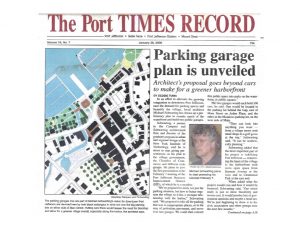 As the village has increased parking capacity with more area and asphalt devoted to off-street parking, the less it has felt like an intimate village. Finding a spot, and the walk from your car — through other cars — to Main Street is not a pleasant start to a visit. In the planning to accommodate the car, the harbor front was converted from shipbuilding to parking, absurdly giving the car the best view of the harbor.
As the village has increased parking capacity with more area and asphalt devoted to off-street parking, the less it has felt like an intimate village. Finding a spot, and the walk from your car — through other cars — to Main Street is not a pleasant start to a visit. In the planning to accommodate the car, the harbor front was converted from shipbuilding to parking, absurdly giving the car the best view of the harbor.
In 2006, sponsored by the BID, supported by the Village of Port Jefferson, we presented to the village community the concept of “Putting the Park into Parking” — as seen on the front page of this paper in 2006. The concept was to make a park on the harbor front and move the parking to a parking structure behind Main Street, replacing the asphalt wasteland with scaled-back street mews walks.
With rising tide predictions, the cars should be replaced — before they go under — with a sponge sustainable functioning education park. Parking is just one concern for quality of life in our village.
Michael Schwarting
Campani and Schwarting Architects
Port Jefferson
Uphold democracy by attending the April 3 village board meeting
When we think of dying democracies, we think of faraway lands, where democracies are overthrown by a military coup — like Myanmar in 2021 — or by rampant corruption and fraud, as in Haiti today. But there is a slower blight democracies die from: a gradual loss of trust in the electoral system. We can see that in our own backyard when local officials ignore and thus thwart the will of the majority. People still have the right to vote, but they no longer bother to do so.
This fate threatens the Village of Port Jefferson today. We have some 6,000 registered voters in the village. Yet only about 1,200 vote in the mayoral election and even fewer for trustees. The current officers were elected with fewer than a thousand votes each in 2021 and 2022.
Why is this? The residents have seen issue after issue decided by the Board of Trustees without considering the input of voters. The residents no longer even hope for a voice in village decisions.
Such recent decisions include building of apartment complexes in Upper and Lower Port despite strong opposition from residents; the $10 million bond that was floated to fund the “shield” solution to East Beach bluff erosion; and the parking lot built on the newly cleared forest at Mather Hospital.
But just last week, the Port Jefferson Board of Trustees added the keystone to the arch of despair that has developed over the years. The board and mayor unilaterally extended their terms of office from two years to four with no public debate whatsoever. Whether that extension would be bad or good for the village is not the issue. The issue is that, once again, the village residents’ rightful expectation that their will would be considered in their village government’s decisions was quashed.
Village residents voted to incorporate as a village because we wanted to have self-governance, to make our own decisions about things that affect us the most. But this is now not the case.
As representatives of the Civic Association of Port Jefferson, we strongly urge the Board of Trustees, in their April 3 meeting, to rescind the undemocratic resolution to extend their terms they made at their last meeting.
We also urge the residents of Port Jefferson to show up at 6 p.m. at the April 3 board meeting at the Village Hall to express their disapproval. Don’t let democracy in our village die the death of apathy.
Ana Hozyainova, President
Holly Fils-Aime, Vice President
Port Jefferson Civic Association
WRITE TO US … AND KEEP IT LOCAL
We welcome your letters, especially those responding to our local coverage, replying to other letter writers’ comments and speaking mainly to local themes. Letters should be no longer than 400 words and may be edited for length, libel, style, good taste and uncivil language. They will also be published on our website. We do not publish anonymous letters. Please include an address and phone number for confirmation.
Email letters to: [email protected]
or mail them to TBR News Media, P.O. Box 707, Setauket, NY 11733


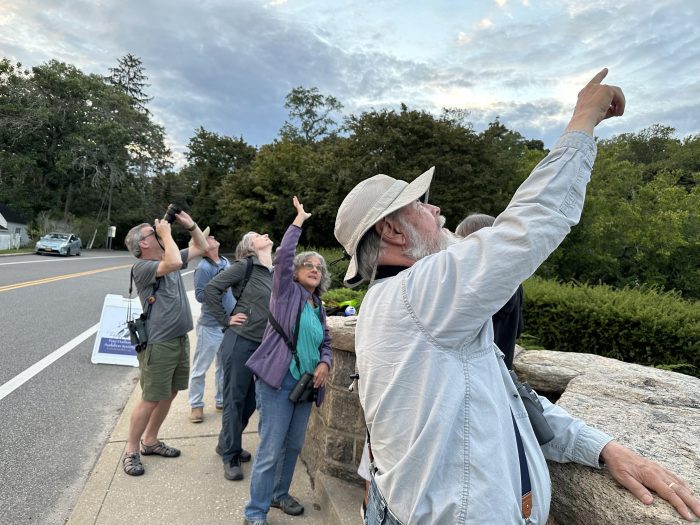
 VOLUNTEERS WANTED
VOLUNTEERS WANTED
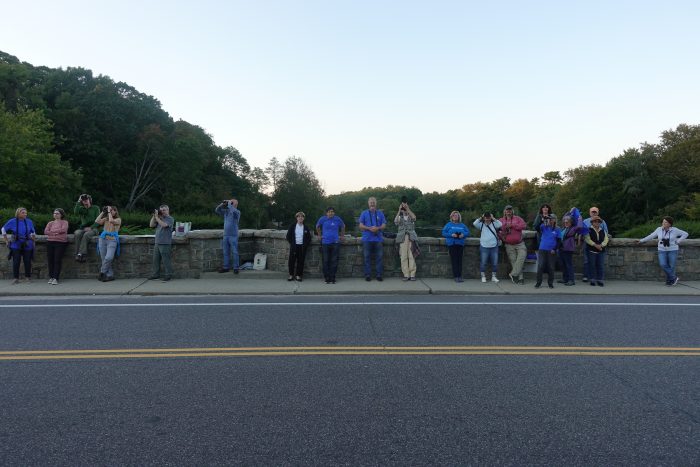
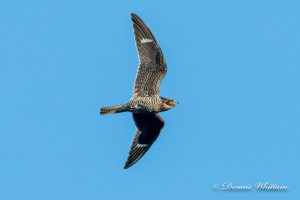




 As the village has increased parking capacity with more area and asphalt devoted to off-street parking, the less it has felt like an intimate village. Finding a spot, and the walk from your car — through other cars — to Main Street is not a pleasant start to a visit. In the planning to accommodate the car, the harbor front was converted from shipbuilding to parking, absurdly giving the car the best view of the harbor.
As the village has increased parking capacity with more area and asphalt devoted to off-street parking, the less it has felt like an intimate village. Finding a spot, and the walk from your car — through other cars — to Main Street is not a pleasant start to a visit. In the planning to accommodate the car, the harbor front was converted from shipbuilding to parking, absurdly giving the car the best view of the harbor.